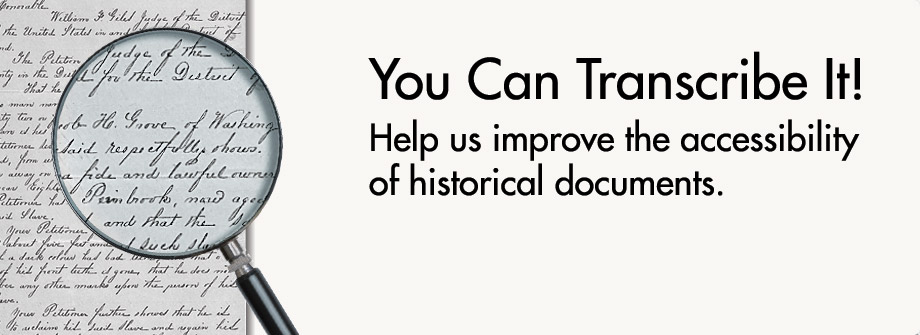The Current State of Digitisation
Part 3 : The Current State of Digitisation
In
this 3rd and final part in the three part series on What is
digitisation? We will be looking at the future of digitisation, such as where
it is currently and where it may be going.
Internet Archive
Nowadays,
more and more records are being digitised and made available for the public to
access and view, usually free of cost. A leader in this field is the Internet Archive. Internet Archive is a non-profit project that was founded in 1996
with the aim to create the biggest library and archive in the world by providing
people with access to hundreds of thousands of information sources in the form
of books, dissertations, thesis and audio-visual materials, such as movies,
recordings and music, and archived web pages through their Wayback Machine, for
free through, the use of digitisation.
The
goal of Internet Archive is basically to provide people with access to
information as they believe information should be accessible to everyone. Internet
Archive can be used by everyone to browse, borrow and upload materials on their
site. They even have their own digitisation projects where they digitise materials
to upload on their site.
 |
| Internet Archive Logo - Wikimedia |
While
the Internet Archive has done much good and has good intentions, it has come
into many legal troubles over the past few years, with their recent one being
about copyright. They were recently taken to court by book publishers who
accused the Internet Archive of violating copyright laws with their book
digitisation project. Internet Archive lost this case.
U.S. National Archives and Records Administration (NARA)
Now
with the use of artificial intelligence (AI) becoming common place in many
industries, digitisation projects can also benefit from it. An interesting webinar
recently held by the International Council of Archives (ICA) titled AI and
Archives: Advancing Archival Engagement, discussed a project by the United
States (US) National Archives and Records Administration (NARA) called the
National Archives and Records Administration (NARA) Citizen Archivist Programme
or Mission. This project allows the public to upload, transcribe and tag any
archival documents that the archives has, that they (the public and volunteers)
have and that may be of interest and value to the National Archives and public.
NARA is using AI to help transcribe their hundreds of archives and digitised documents. Using AI on the digitised materials the users and volunteers will be able to better enhance the text and content that may be difficult to read or understand due the nature of the record itself, or how things were written down. This is done by the AI transcribing the contents and generating text of what the document is saying, the user can then view the AI generated transcription and correct any mistakes that they may have picked up from it. This can help information to become more accurate and reliable. It is also faster to use AI to transcribe their materials as it will take years to be completed if it was only humans doing it.
 |
| NARA Citizen Archivist Mission |
Very impressive. Embroidery Digitising Services Nice article.
ReplyDelete